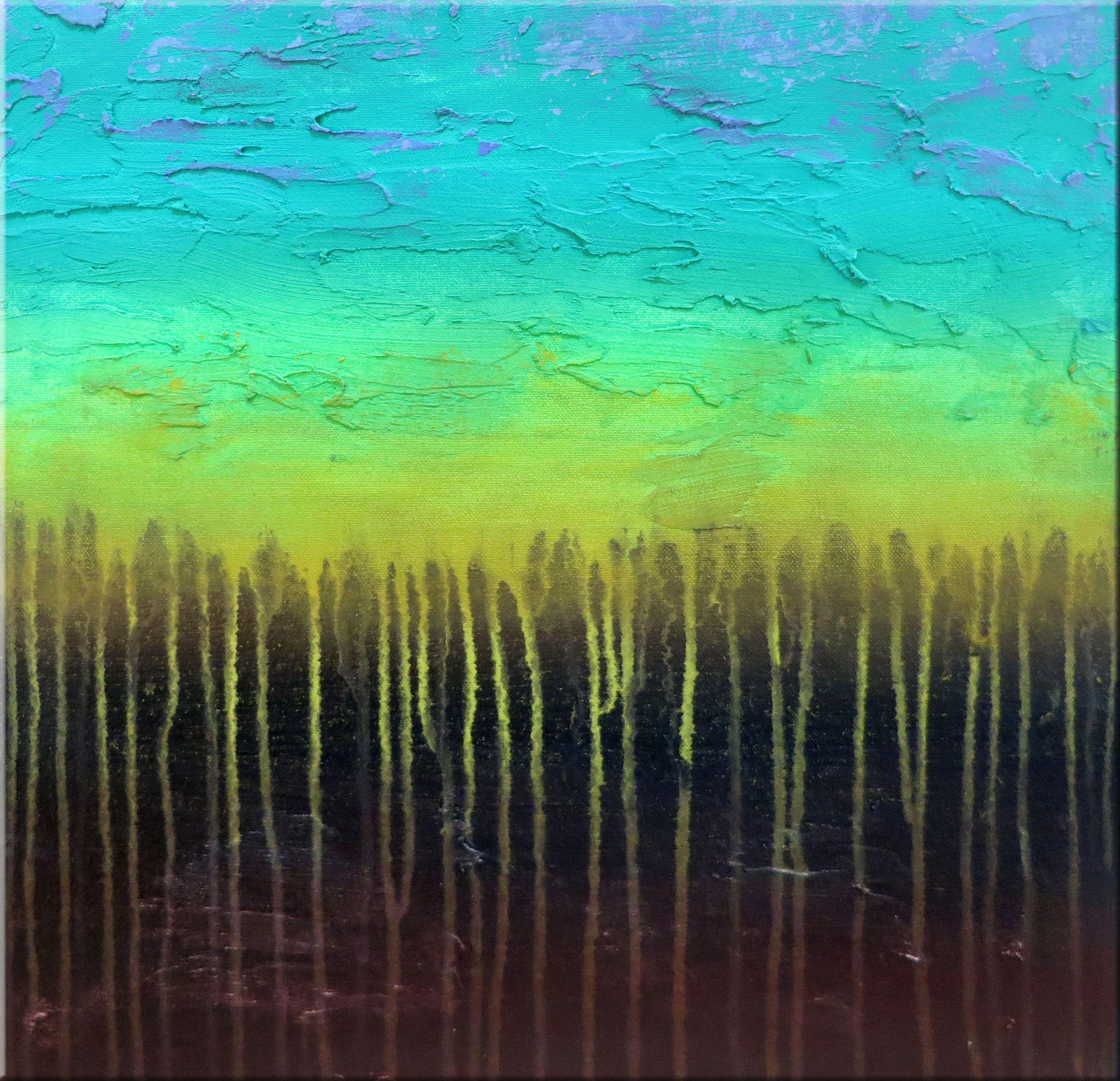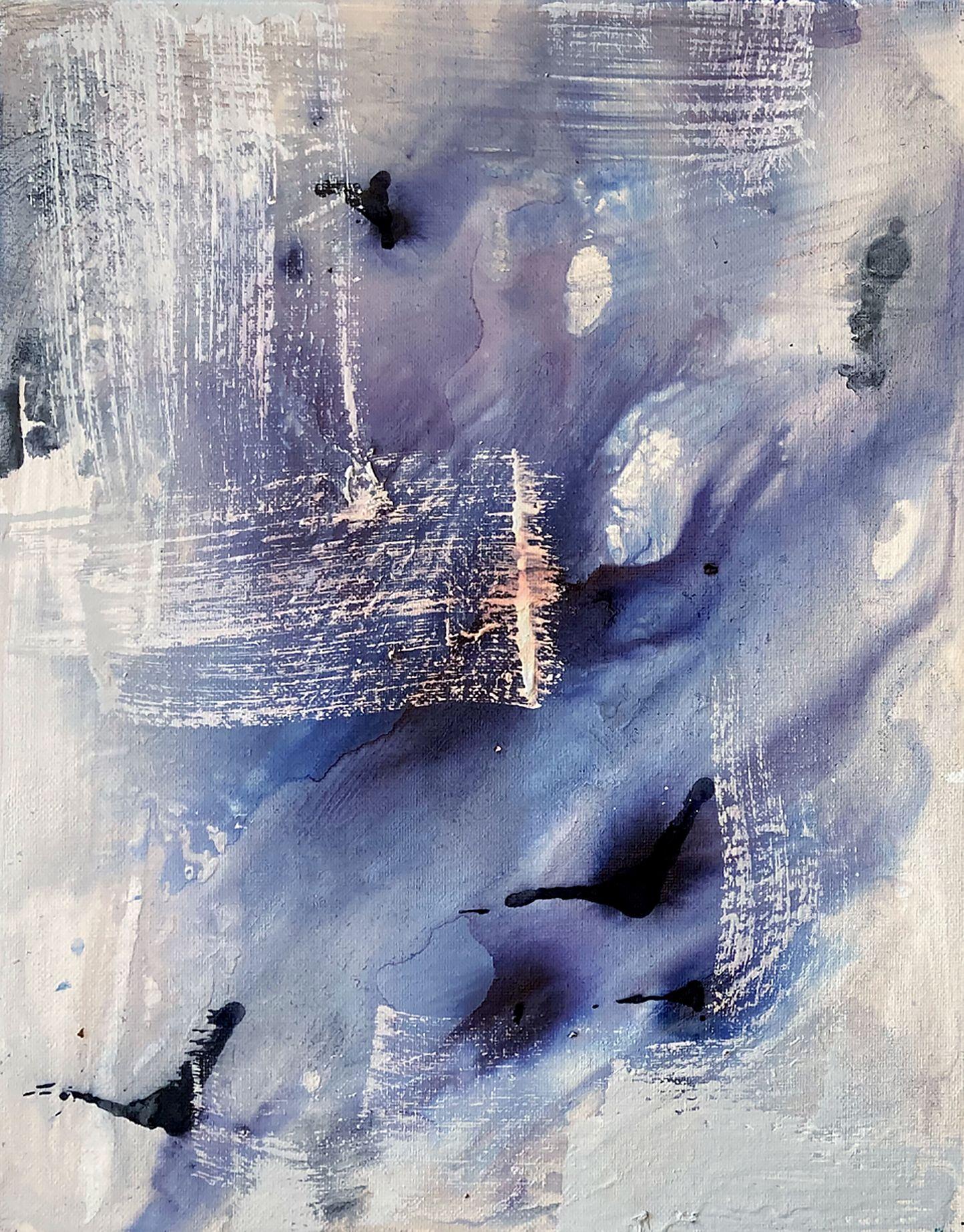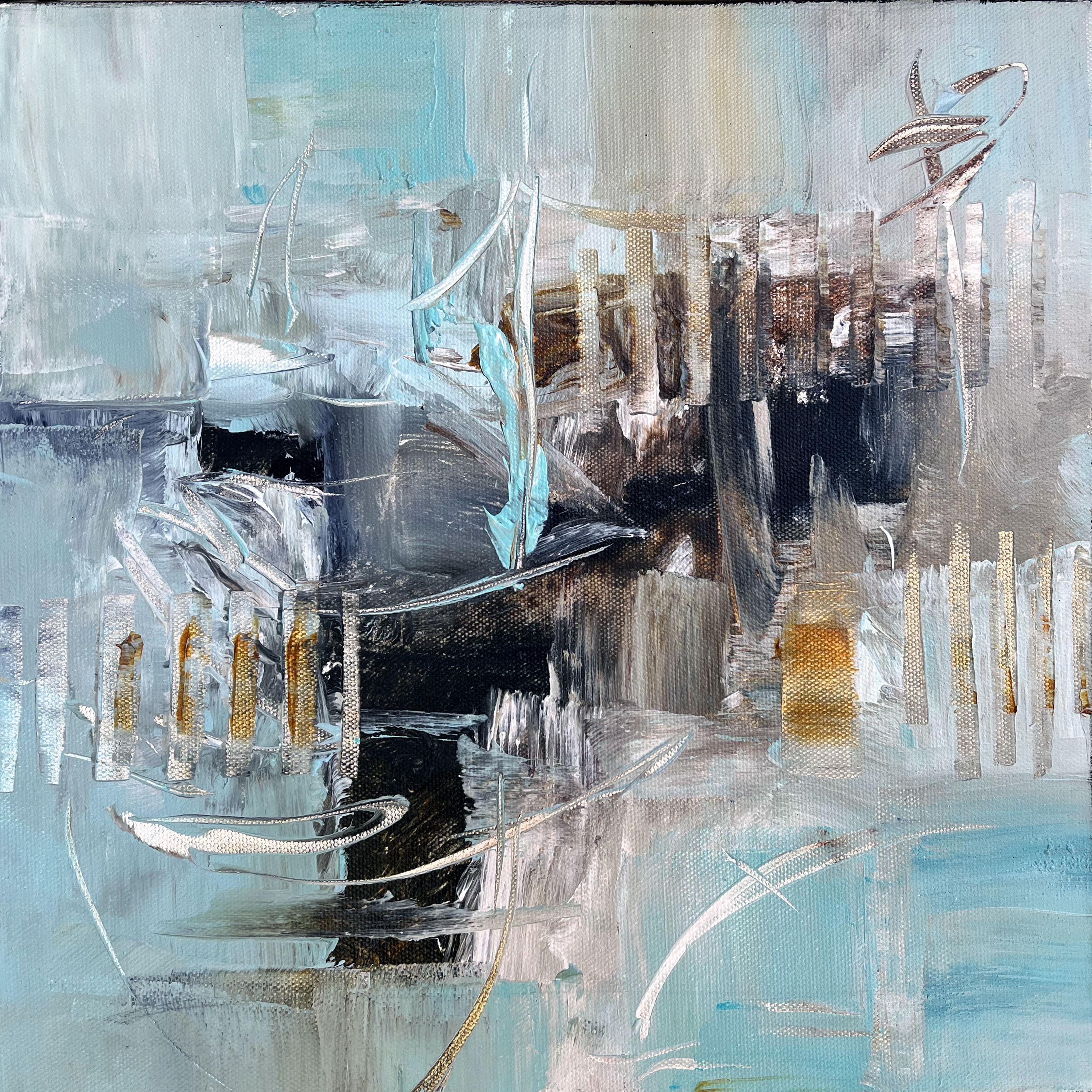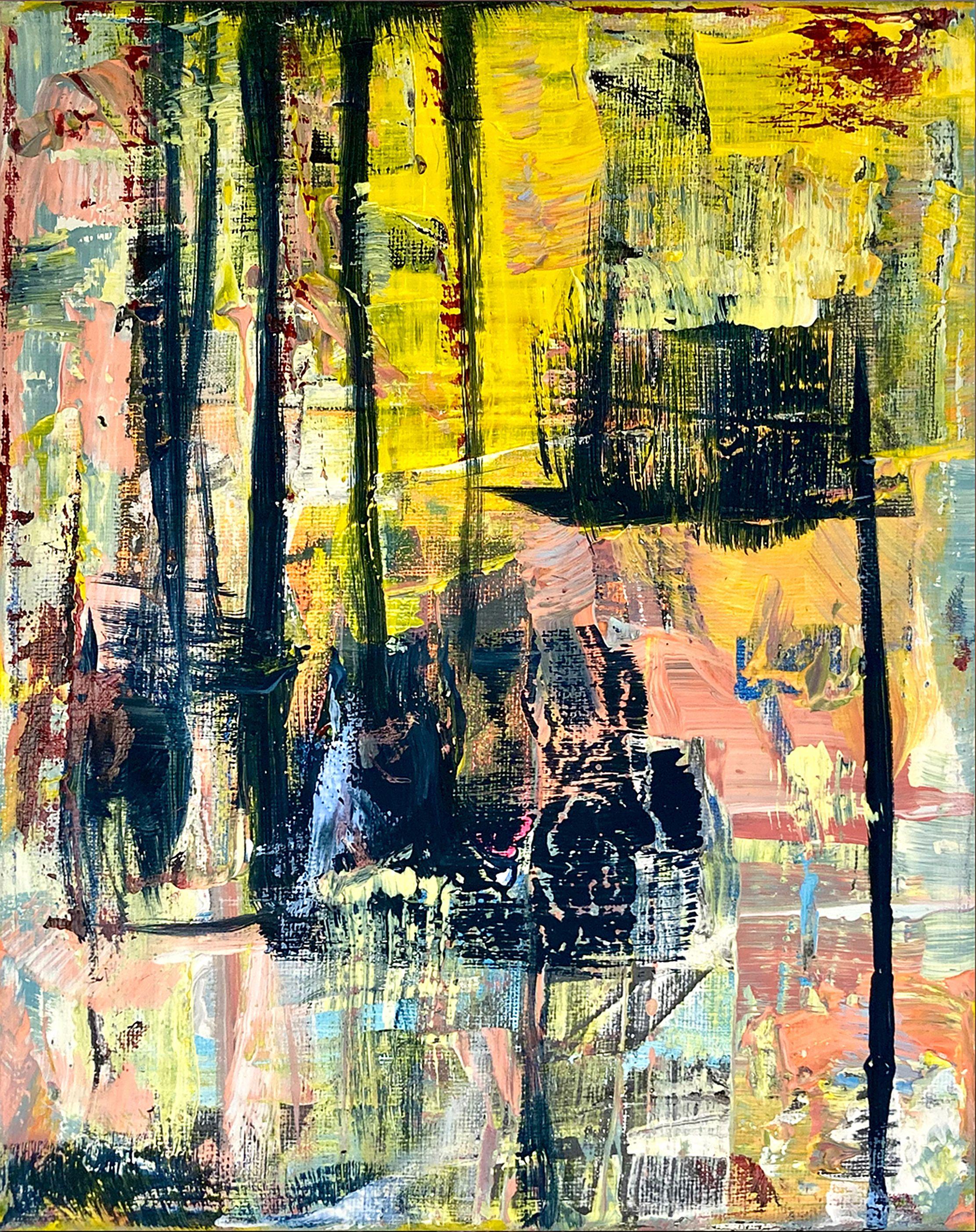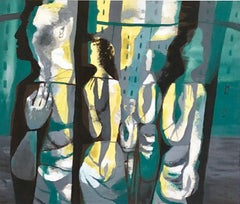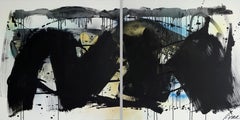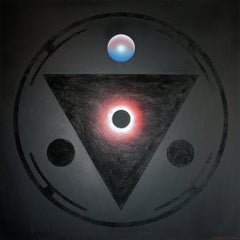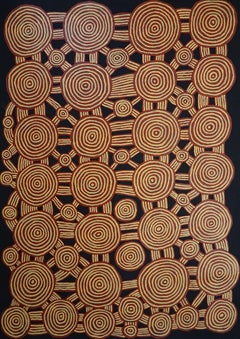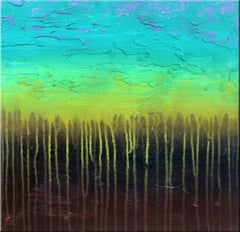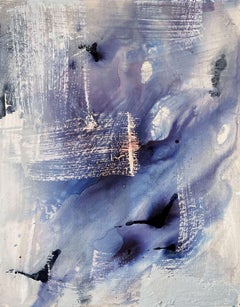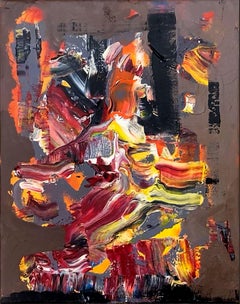Mathieu RosianuUntitled1949
1949
About the Item
- Creator:Mathieu Rosianu (1897 - 1969, French, Romanian)
- Creation Year:1949
- Dimensions:Height: 25.6 in (65 cm)Width: 21.66 in (55 cm)
- Medium:
- Movement & Style:
- Period:
- Condition:
- Gallery Location:Miami, FL
- Reference Number:1stDibs: LU1362569801
Mathieu Rosianu
Mathieu Rosianu, a painter with a humanist backbone, wanted to give Art the power of a fighting weapon and bring it to the people. Therefore, it is no coincidence that the years before the advent of the Popular Front in France in 1936 are among the most active of his life. Born in 1897, in Bucharest, Rosianu, the son of an officer in the National Guard, settled in Paris in 1918. He studied at the École Nationale des Beaux-Arts and at the École des Arts Decoratifs under the tutelage of Ernest Laurent until 1924. More than his academic training, however, the example of Cézanne seemed to have been decisive for him. Indeed, we find in Rosianu early works the affirmation of volumes, a strong taste for stable forms and the choice of powerfully illuminated motifs reminiscent of the compositions of the famous pre-cubist master. Rosianu's favorite subject matters: bathers, humble still-lives, were also those of Cézanne, Picasso and Braque. Rosianu then shared with many young artists of the postwar period the need to reinvest the reality from which the most extreme tendencies of the avant-garde Art moved away. Another defining influence for Rosianu is Roger Bissière, who was presented at the time by critics as his professor/mentor. The qualities of stability and understatement of BBissière's Art, inherited from Cubism and sensitive to the charm of a discrete and reassuring everyday life, will confirm Rosianu's own choice to express the values of the world. He settled in a studio rented by Bissière and exhibited at the Salon of the Société Nationale des Beaux-Arts, the Salon des Tuileries and the Salon d'Automne until the 30s. It is from 1926 that Rosianu appears as one of the few equivalents of proletarian literature for the art of painting that commits to depicting the dignity of the working classes beyond their condition. This is evidenced by Rosianu's paintings of men at work or sharing moments of family life. The years 1929–30 marked the start of his political commitment to the Communist Party, where he met artists like Jean Hélion. The heated debates led by the party on the social role of Art gradually drove him to join the A.E.A.R. (Association of the Revolutionary Artists and Writers) alongside Jean Lurçat and Edouard Pignon. He then bent his way again to go for a style combining a form of purism (sometimes tinged with fantasy) with the lyricism of themes calling for social revolution. Rosianu diversified his incisive interventions by designing covers for books, magazines, but also posters and wall decoration projects. Most importantly, he managed in 1934 to unite the artists of the A.E.A.R. for the Exhibition of the Revolutionary Artists gathering around the famous painter Fernand Léger, the sculptor Jacques Lipchitz, the poet Louis Aragon and the novelist André Malraux, the strongest supporters of political Art. Rosianu wrote himself the preface of this major exhibition catalog proclaiming that "a revolutionary ideology cannot communicate with outdated means of expression." Soon after, he renewed the experience with the Exhibition “Warning” in support to the incarcerated antifascists and that Rosianu organized at the Galerie Vignon in Paris where his work was presented alongside with the most renowned surrealistic masters Jean Arp, Salvador Dalí, Max Ernst, Victor Brauner, Giacometti, Tanguy, etc. First propelled to the frontline, the artist abruptly decided in 1935 to withdraw from his political engagement to concentrate on the foundation of a paper and fabric design studio under the pseudonym of Emile Arbour. It was under this name that he was awarded a Grand Prix for his participation at the 1937 World's Fair in Paris. World War II, unfortunately, wiped out the renown that Rosianu earned in the 30s. Drafted into the army, he came back traumatized. Entrenched in self-denied isolation, Rosianu nevertheless kept creating color-rich works as an antidote to his existential loneliness. The production of this artist, very appreciated in the 30s, is being recently rediscovered and actively sought after by collectors of cubist art. Most of it comes directly from the artist's studio itself. Rosianu, being the populist artist that he was, did not believe in having a commercial career and distrusted controlling gallery owners and sponsors.
- ShippingRetrieving quote...Shipping from: Les Adrets-de-l'Estérel, France
- Return Policy
More From This Seller
View All20th Century Abstract Abstract Paintings
Acrylic
2010s Abstract Abstract Paintings
Canvas, Ink, Acrylic
2010s Abstract Geometric Figurative Paintings
Canvas, Acrylic
2010s Abstract Geometric Abstract Paintings
Cotton Canvas, Acrylic
2010s Abstract Abstract Paintings
Cotton Canvas, Acrylic
2010s Abstract Abstract Paintings
Cotton Canvas, Acrylic
You May Also Like
2010s Abstract Abstract Paintings
Acrylic
2010s Abstract Abstract Paintings
Acrylic
2010s Abstract Abstract Paintings
Acrylic
2010s Abstract Abstract Paintings
Acrylic
2010s Abstract Abstract Paintings
Acrylic
2010s Abstract Abstract Paintings
Acrylic
